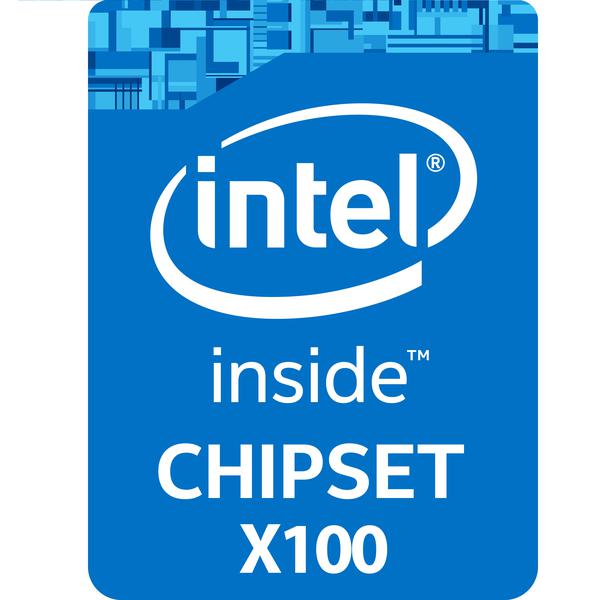Temos um grande vazamento hoje com muitos novos detalhes sobre os próximos processadores Skylake da Intel. Para começar, a Microsoft está removendo o suporte para o controlador de host EHCI (especificação USB 2.0) e mantendo apenas a especificação do controlador de host xHCI (também conhecida como especificação USB 3.0 universal). Embora a especificação USB 3.0 seja compatível com a maioria das funções USB 2.0 e 1.0, a instalação do Windows 7 via USB não será uma delas (fonte: EXPReview).
Uma renderização padrão de um chip Skylake. @ Domínio público da Intel

I have to admit one thing though, Intel has absolute plausible deniability on this. No one can claim with 100% certaintythat they are in league with Microsoft in trying to push Windows 7 users to finally get a move on. The reason for that is that the discarding of EHCI was inevitable sooner or later, and while they could have taken steps to remedy the problem easily, they have no compulsion to do so.The problem begins with the fact that Windows 7 does not have the code to support master xHCI based installation via USB, with only installation over EHCI allowed.
You might be thinking that one can always take the bootable DVD route and even though research indicates that dependence on optical drives is diminishing by the second, it has its own caveats. You better hope that your motherboard has a PS/2 port because even while installing from a DVD, the USB ports wont work (during the install setup). If you have just one PS/2 port you will have to switch your PS/2 based mouse and keyboard as required through the entire process. All this means that Windows 7 will be very very troublesome for people to install and in most of the cases, people will consider it not worth the effort. Even if you do get it to work, the lack of EHCI means there might be unforeseen compatibility issues in the future. Effectively, from Skylake, and thanks to Intel's spec upgrade, Windows 7 is now officially an obsolete OS.
De qualquer forma, não é isso, temos algumas novas informações sobre Skylake também e sim, tudo isso está confirmado:
A Intel está lançando os processadores Broadwell em 2015 (chamados Broadwell-K) e utilizará o soquete LGA 1150. Os processadores serão os primeiros a serem fabricados no nó de 14 nm (no mercado principal) e exigirão o chipset da série 100 nativamente com suporte para trás para o chipset da série 9 também. Como o DDR4 é um dos principais fatores de venda do Skylake, os usuários farão bem em usar a plataforma da série 100 (a menos que os AIBs da placa-mãe decidam lançar mobos modificados da série 9).
Gráfico de comparação de plataformas principais da Intel:
| Intel Sandy Bridge Platform | Intel Ivy Bridge Platform | Intel Haswell Platform | Intel Broadwell Platform | Intel Skylake Platform | |
| Processor Architecture | Sandy Bridge | Ivy Bridge | Haswell | Broadwell | Skylake |
| Processor Process | 32nm | 22nm | 22nm | 14nm | 14nm |
| Processors Cores (Max) | 4 | 4 | 4 | 4 | 4 |
| Platform Chipset | 6-Series “Cougar Point” | 7-Series “Panther Point” | 8-Series “Lynx Point” | 9-Series “Wild Cat Point” | 100-Series “Sunrise Point” |
| Platform Socket | LGA 1155 | LGA 1155 | LGA 1150 | LGA 1150 | LGA 1151 |
| Memory Support | DDR3 | DDR3 | DDR3 | DDR3 | DDR4 |
| Thunderbolt | Yes | Yes | Yes | Yes | Yes “Alpine Ridge” |
| Platform | Desktop LGA | Desktop LGA | Desktop LGA | Desktop LGA | Desktop LGA |
| Launch | 2011 | 2012 | 2013-2014 | 2015 | 2015 |
Fique por dentro
RECEBA UM DIGESTÃO DIÁRIO DAS ÚLTIMAS NOTÍCIAS DE TECNOLOGIA
Direto para sua caixa de entrada
Assine a nossa newsletter




